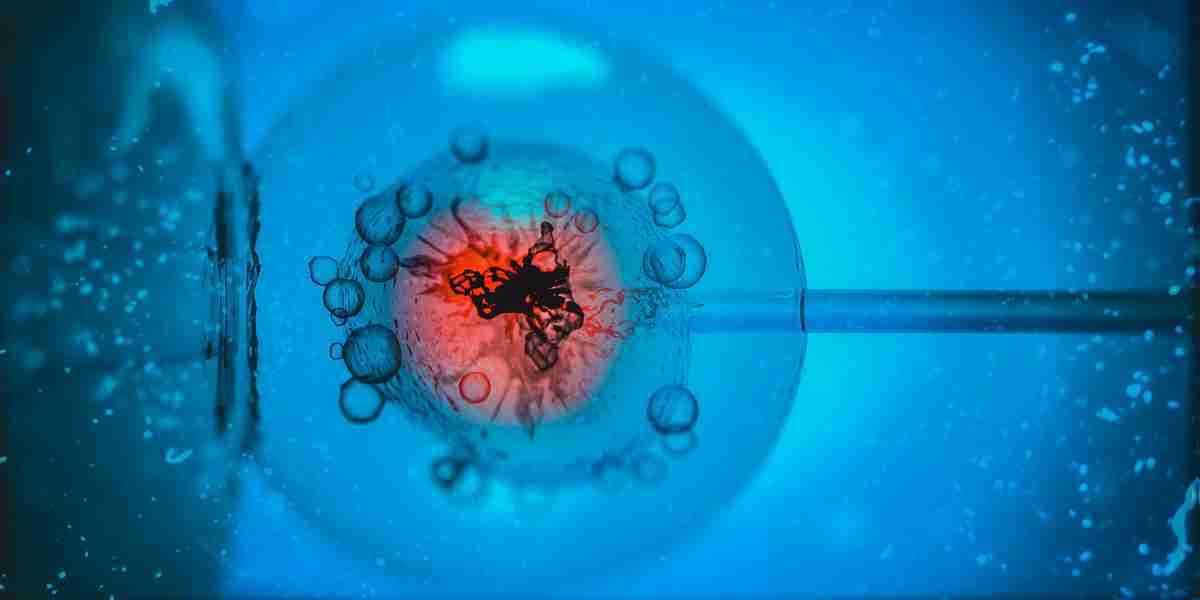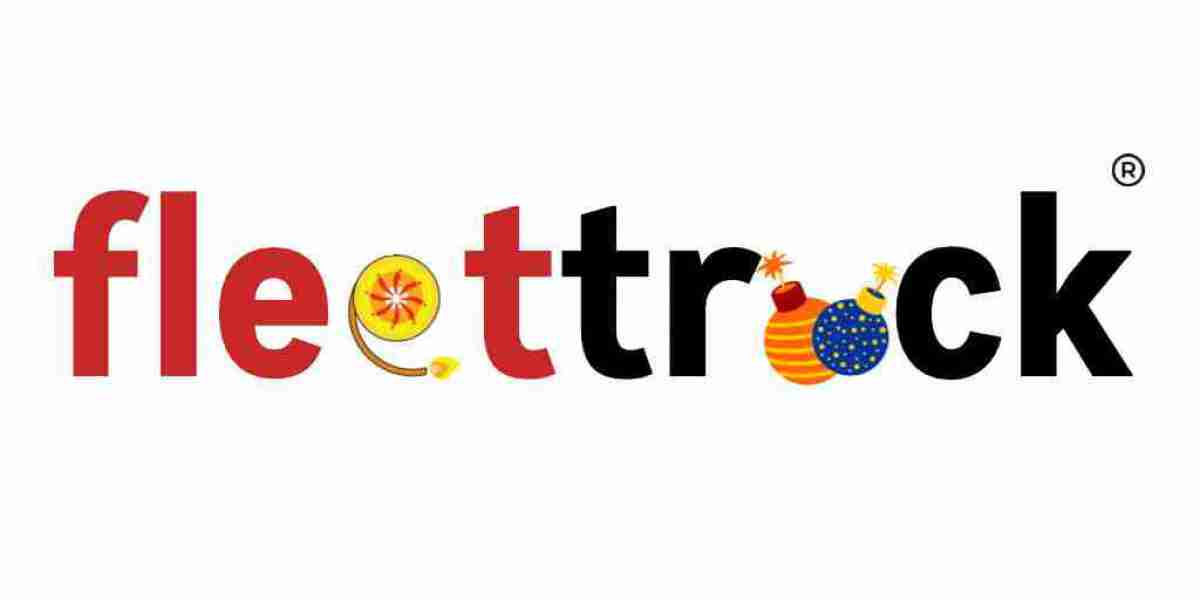Introduction
When couples start their journey toward parenthood, understanding the differences between in vitro fertilization (IVF) and natural conception is crucial. While natural conception occurs without medical assistance, IVF involves scientific procedures to help individuals or couples overcome fertility challenges. This article explores the key differences between IVF and natural conception, helping you understand the processes, timelines, success rates, and emotional considerations.
What Is Natural Conception?
Natural conception is the process by which pregnancy occurs without medical intervention. It involves:
Ovulation: A mature egg is released from the ovary.
Fertilization: Sperm travels through the reproductive tract to fertilize the egg.
Implantation: The fertilized egg implants itself in the uterine lining.
For many couples, conception occurs naturally within the first year of trying, especially during peak fertility periods.
What Is IVF?
In vitro fertilization (IVF) is an assisted reproductive technology (ART) used when natural conception is difficult or impossible. The IVF process includes:
Ovarian Stimulation: Hormonal medications stimulate the ovaries to produce multiple eggs.
Egg Retrieval: Eggs are collected from the ovaries through a minor surgical procedure.
Fertilization: Eggs are combined with sperm in a lab to form embryos.
Embryo Transfer: A healthy embryo is transferred into the uterus to establish pregnancy.
IVF can also include advanced techniques like ICSI (Intracytoplasmic Sperm Injection) or PGT (Preimplantation Genetic Testing).
Key Differences Between IVF and Natural Conception
1. Medical Involvement
Natural Conception: No medical intervention is involved.
IVF: Involves fertility specialists, hormone treatments, and lab procedures.
2. Control and Timing
Natural Conception: Timing depends on the woman’s natural cycle.
IVF: The process is highly controlled, and ovulation is medically induced to retrieve eggs.
3. Success Rates
Natural Conception: Varies based on age, health, and fertility status. On average, healthy couples under 35 have a 20-25% chance per cycle.
IVF: Offers improved chances for couples with fertility issues. Success rates vary but average around 30-50% per cycle depending on age and clinic.
4. Cost
Natural Conception: Typically no cost involved.
IVF: Can be expensive. Costs include consultations, medications, procedures, and lab work.
5. Risks and Side Effects
Natural Conception: Minimal risk.
IVF: May involve side effects from hormone treatments, such as bloating or mood changes. There’s also a slightly higher chance of multiple pregnancies.
6. Use Cases
Natural Conception: Ideal for healthy couples without fertility issues.
IVF: Recommended for couples facing infertility, same-sex couples, individuals with genetic concerns, or those preserving fertility.
Psychological and Emotional Considerations
Natural conception may feel more spontaneous, while IVF can be emotionally taxing due to the medical procedures and uncertainty. Couples undergoing IVF may experience stress, anxiety, or hope during the treatment. Support systems, counseling, and open communication can make a big difference.
Ethical and Religious Perspectives
Some individuals and cultures have specific views on IVF. Religious beliefs, cultural values, and personal ethics may influence decisions about fertility treatments. It’s important to consider these aspects and seek guidance when needed.
Which Option Is Right for You?
Choosing between natural conception and IVF depends on several factors:
Age and fertility status
Medical history and diagnosis
Timeframe and personal goals
Emotional and financial preparedness
Consulting a fertility specialist can provide personalized guidance based on your unique situation.
Conclusion
While natural conception remains the first route for many, IVF offers a promising alternative for those facing fertility challenges. Understanding the differences between these paths empowers couples to make informed, confident decisions on their journey to parenthood.














